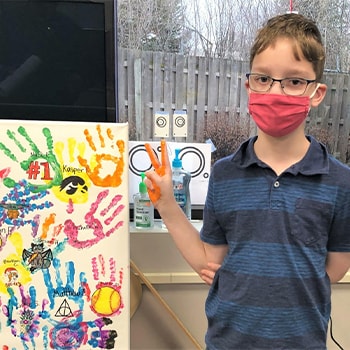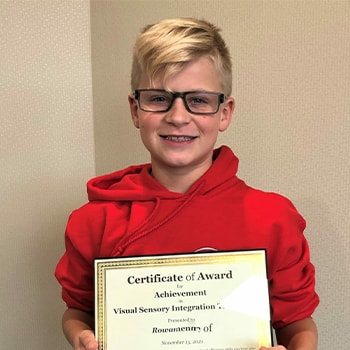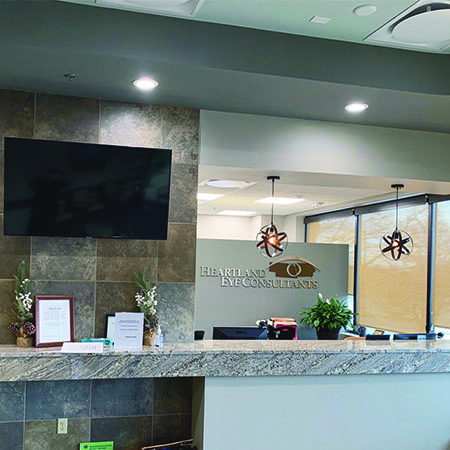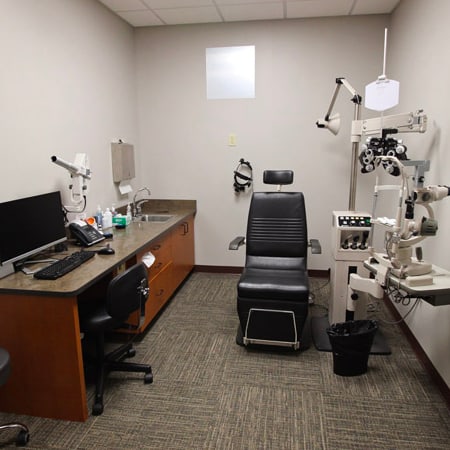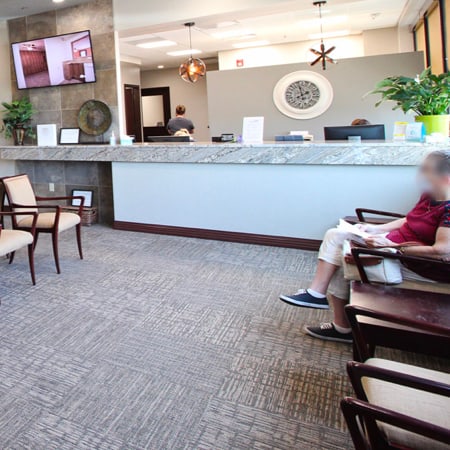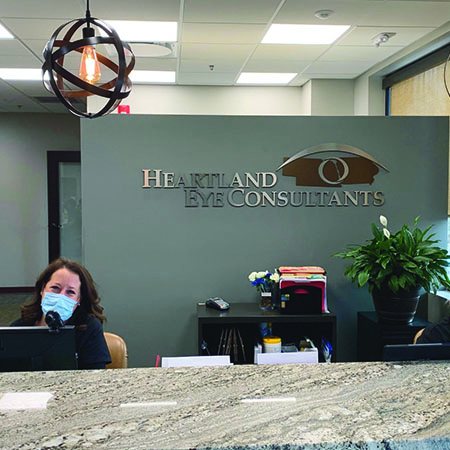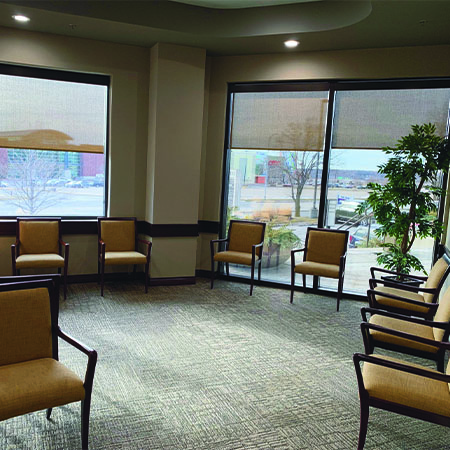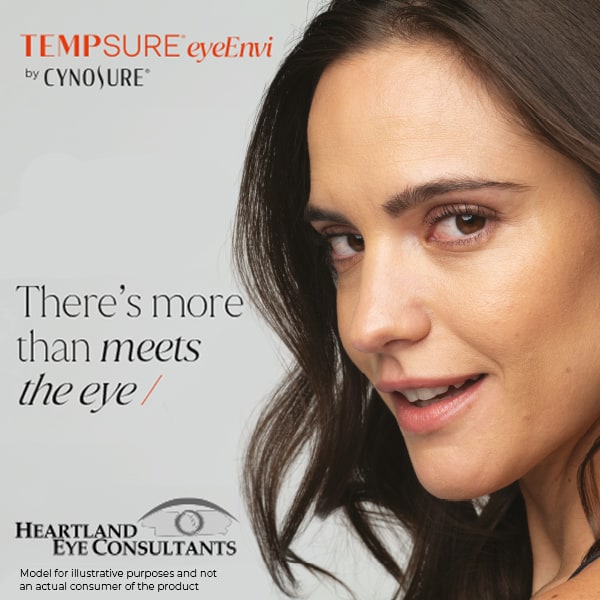You may notice your eyes feel tired after a long day at your desk, or your vision gets a little blurry when you feel tense. This isn’t your imagination, and the discomfort from prolonged eye strain is quite common. The way you hold your body and handle stress is closely connected to your vision.
This connection is something we call visual stress, where physical and mental strain can affect the connection between your eyes and brain. The way you sit and manage stress directly impacts your eye comfort and visual clarity.
The Connection Between How You Sit and How You See
Your posture is about more than just a straight back; it plays a part in your visual alignment. Poor posture, like slouching or leaning your neck toward a screen, can cause your entire visual system to work harder than it needs to.
How Poor Posture Can Impact Your Eyes
When your body is out of alignment, a chain reaction can occur that extends from your shoulders all the way to your eyes, resulting in:
- Muscle tension around your neck and shoulders
- Restricted blood flow to the brain and eyes
- Misalignment of your head and visual axis
- Eye strain from an unnatural position
Can Your Spine Affect Your Vision?
Your head sits on top of your spine, so its alignment matters. When your spine is not in a balanced position, it can contribute to tension in your head and neck. This added tension can lead to visual discomfort.
How Stress Affects Your Eyesight
Stress impacts more than just your mood. When you feel stressed, your body goes into a “fight-or-flight” response. This triggers physical changes that can temporarily alter how you see.
Your Body’s Response to Pressure
These automatic responses can reduce visual clarity and make it harder to focus. Over time, constant stress can lead to several physical effects, such as:
- Pupil dilation
- Reduced blinking, which can lead to symptoms of dry eye
- Tension in your jaw, face, and neck
- Impaired ability to focus
Signs of Posture and Stress-Related Vision Problems
Because these symptoms can have multiple causes, they are sometimes overlooked. You may notice vision problems related to posture or stress if you experience the following:
- Blurry or double vision
- Headaches, especially around your forehead or eyes
- Neck and shoulder pain after screen use or reading
- Sensitivity to light
- Eye fatigue
- Dizziness or poor balance, which can sometimes be a sign of binocular vision dysfunction
- Avoidance of near work, like reading or hobbies
Simple Habits for Better Visual Hygiene
Just as you have daily dental habits, you can also practice visual hygiene. These simple practices can help reduce the effects of visual stress from work and school.
Create a Better Workspace
A few adjustments to your desk or reading area can make a difference. Pay attention to your chair, desk surface, and lighting to create a comfortable environment for your eyes.
- Sit up straight with both feet on the floor.
- Use a sloped work surface tilted at a 20- to 25-degree angle.
- Keep reading material at a distance equal to that from your middle knuckle to your elbow.
- Position your computer monitor so your eyes are 2/3rds of the way up from the bottom of the monitor
- Make sure your room has balanced, adequate lighting.
Take Regular Visual Breaks
Your eye muscles need breaks, just like the rest of your body. Stepping away from your screen or book allows your eyes—and your mind—to relax and reset.
- Practice the 20-20-20 rule—every 20 minutes, look at something 20 feet away for at least 20 seconds.
- Get up and walk around for 5 minutes every hour.

When to Seek Help for Your Vision
If you’ve made changes to your habits but still experience discomfort, it may be time for a comprehensive visual assessment. Sometimes, the solution goes beyond a standard eye exam.
A Whole-Person Approach to Eye Care
Some eye care professionals look at the bigger picture. They consider how your posture, stress levels, and lifestyle habits influence your visual system to get a clearer picture of your needs.
Solutions to Realign Your Body and Vision
There are tools available that can help improve the connection between your eyes, brain, and body. These are not quick fixes, but part of a comprehensive and supportive plan.
- Specialized lenses: Certain lenses are designed to help realign the way your eyes and brain work together, which can reduce eye strain.
- Vision therapy: These personalized programs can help retrain your eyes and brain to improve tracking, focus, and coordination.
- Postural education: You can get advice on ergonomics tailored to your workspace and daily routines.
Find Help from Eye Doctors in Omaha
If these symptoms sound familiar, a comprehensive assessment may provide more insight. The right eye doctors in Omaha can evaluate your entire visual system, not just your ability to see 20/20, to help identify the source of your discomfort. If you’re dealing with persistent eye strain or headaches, our team at Heartland Eye Consultants is here to help. We take the time to understand your unique visual needs. Contact us to schedule a comprehensive assessment and find some relief.













